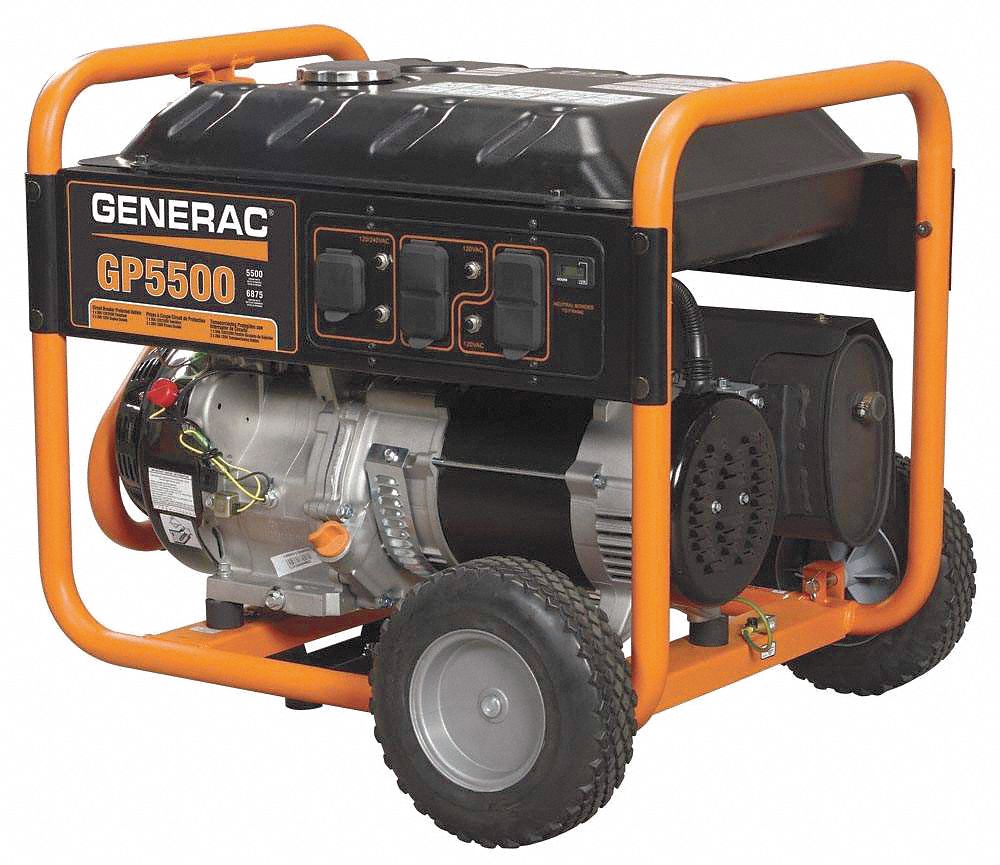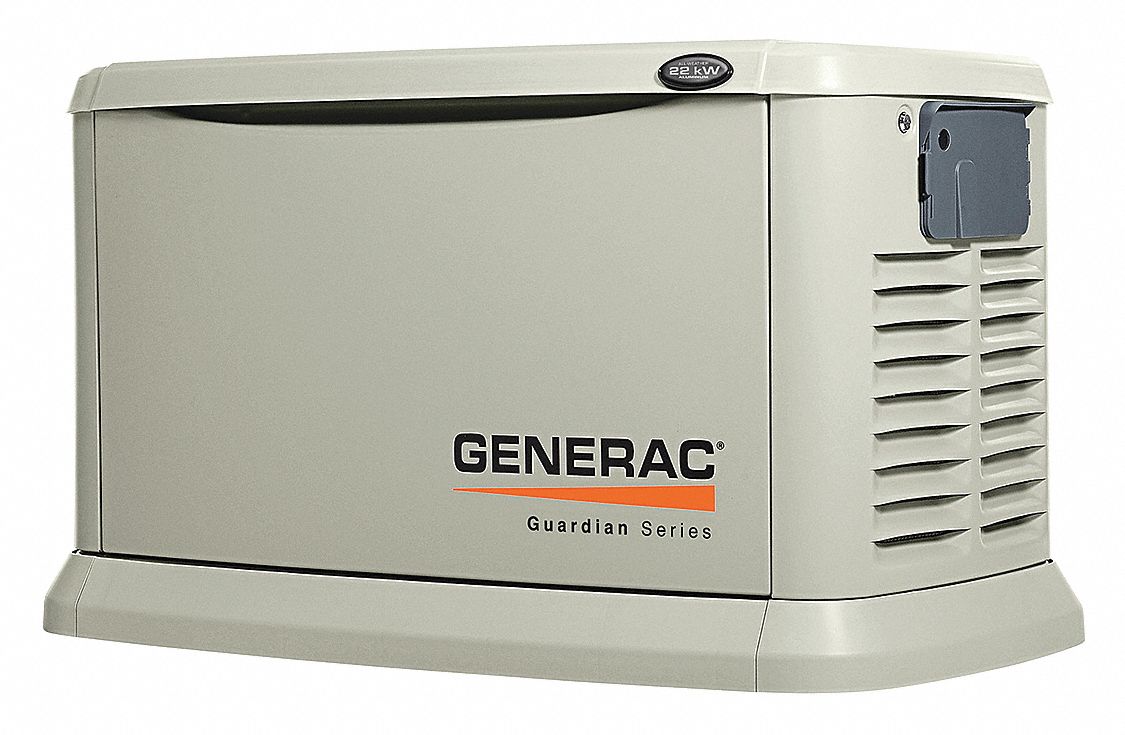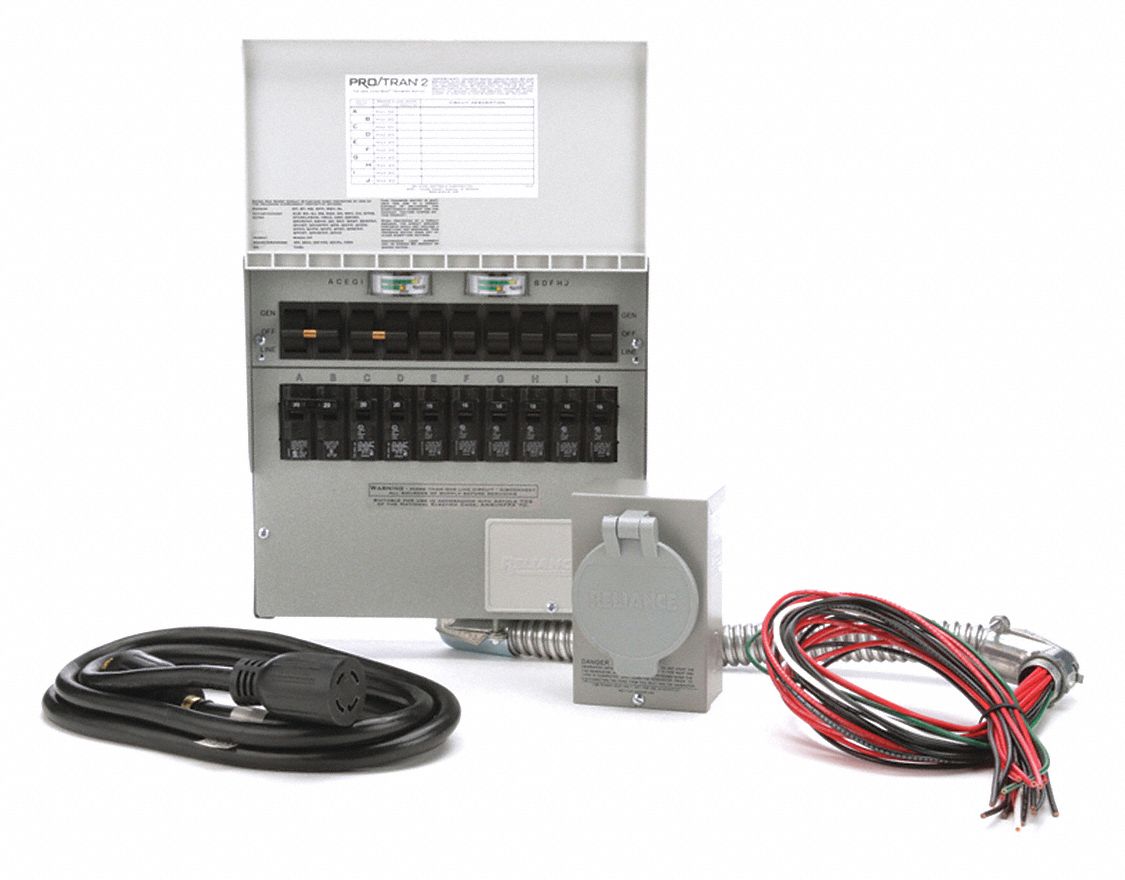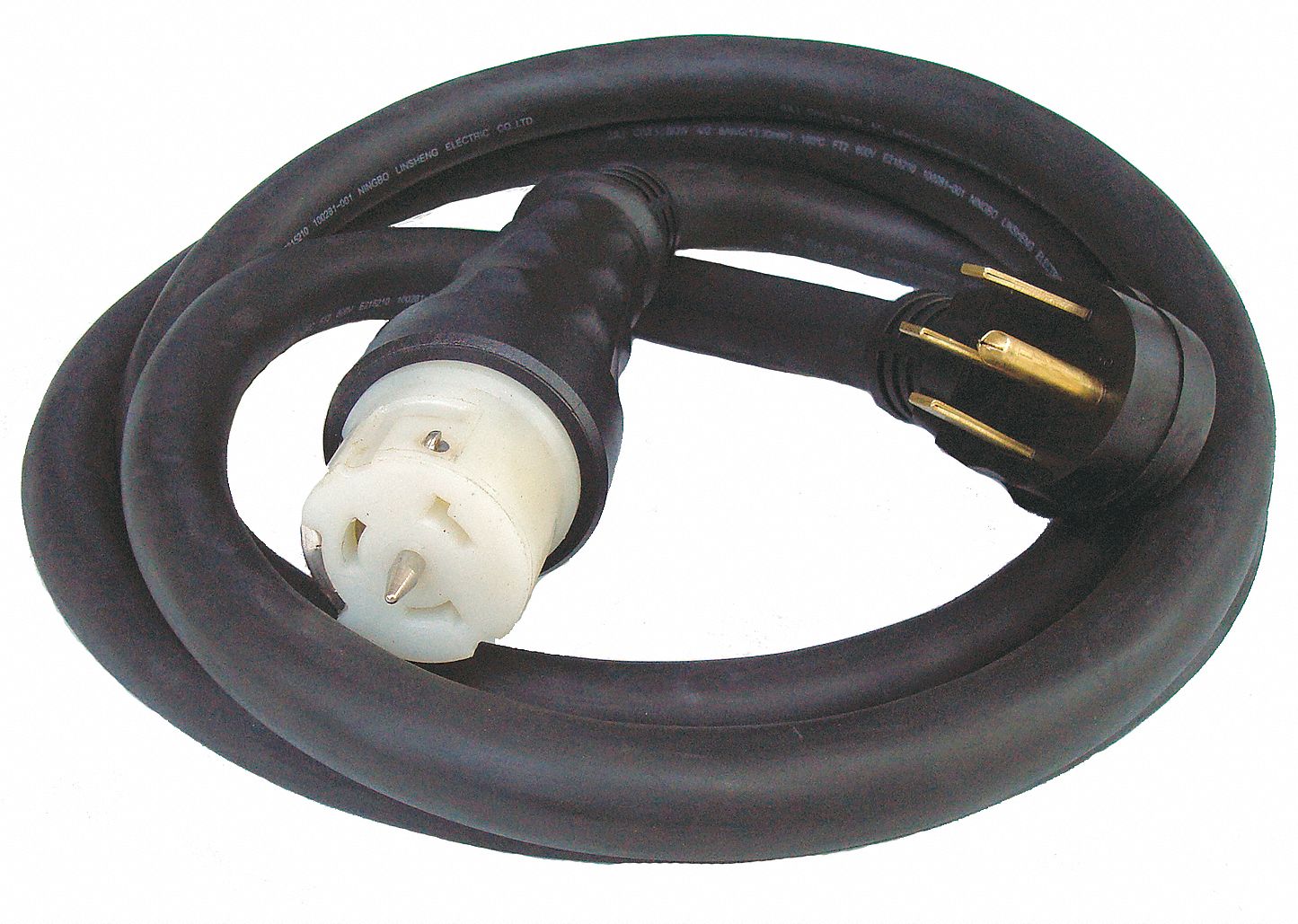

Essential Supplies for Tornado Response and Recovery
By Grainger Editorial Staff 5/4/21


Springtime tornadoes and severe thunderstorms are among the most economically costly natural disasters in the U.S. According to the Insurance Information Institute, convective storms (tornadoes, hail, severe thunderstorms with lightning, or straight-line winds) cause an annual average of $10 billion of damage to homes, businesses and infrastructure. If your business is damaged by severe weather, your team will want to move quickly to begin the recovery process. The supplies you have on hand will be crucial to equip workers as they carry out their tornado response and recovery plan.
Equipment to Protect Your People
Personal Protective Equipment (PPE): Tornado debris may contain nails or broken glass, and damaged trees and structures could be unstable. As a result, workers could be using chainsaws and heavy equipment to remove downed trees and debris. They will need access to protective equipment like hard hats, chainsaw chaps, ear plugs, eye protection and gloves. OSHA provides general guidelines for keeping your workers safe during cleanup and recovery. Restoring utilities and cleaning up hazardous materials, should only be done by workers who have the proper training, equipment and experience.
Personnel Safety: In the immediate aftermath of a storm, your team may need to work unsupported while waiting for first responders to arrive. The power and water could be out, and roads may be flooded. Having emergency supplies and portable beverages such as drinking water and hydration mixes, portable coolers, disaster survival kits can help sustain and protect your team as they start the cleanup.
Temporary Shelter: After a tornado, structures could be damaged and uninhabitable. Tents and canopies can provide shelter for your workers throughout the recovery process.
Tools to Protect Your Facility
Debris Removal: Removing downed trees and debris is often the first step in accessing damaged buildings. Outdoor equipment such as chainsaws, pruning tools, rakes, leaf blowers, and wheelbarrows are essential for clearing parking lots, walkways and facility entrances. OSHA guidelines state that tree trimming or removal within 10 feet of any power lines be performed by trained professionals.
Hand Tools: Repairing storm damaged walls and windows may require a variety of hand and power tools. Drills, prybars, nail pullers, saws and hammers will all be necessary for making immediate repairs to damaged structures.
Cleaning Supplies: The interior of your facility may contain rainwater from damaged roof panels and broken windows. Janitorial equipment like mops, buckets, brooms, dust pans, trash cans and bags, as well as sorbents and spill kits, can help your team clean up water damage and spilled inventory. If toxic chemicals or hazardous wasted are suspected, make sure trained workers perform the clean up.
Traffic Control: After the storm, roads may be blocked with debris or flooding, and areas near damaged structures may be unsafe. Traffic barricades, flares, traffic cones and barricade tape can help enable your team to control access to the site and set up staging areas for recovery work.
Gas and Fire Detection: The Centers for Disease Control and Prevention (CDC) advises checking for natural gas leaks and electrical fire risks after a tornado. Before working inside a damaged structure, check for gas leaks and prepare to respond to small fires caused by the storm. Outfitting your employees with combustible gas detectors and fire extinguishers can help secure the area and make sure buildings are safe to enter.
For more tips on how to prepare for severe weather, review Tornado Safety Supplies to Prepare Your Business.
![]()
The information contained in this article is intended for general information purposes only and is based on information available as of the initial date of publication. No representation is made that the information or references are complete or remain current. This article is not a substitute for review of current applicable government regulations, industry standards, or other standards specific to your business and/or activities and should not be construed as legal advice or opinion. Readers with specific questions should refer to the applicable standards or consult with an attorney.










